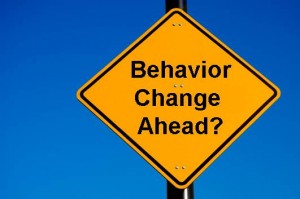 According to one widely used theory (the transtheoretical model of behavior change), change occurs in five stages. Each stage is necessary before you can successfully move to the next, and stages can’t be hurried or skipped. The entire process can take a long time and may involve cycling back through earlier stages before moving on.
According to one widely used theory (the transtheoretical model of behavior change), change occurs in five stages. Each stage is necessary before you can successfully move to the next, and stages can’t be hurried or skipped. The entire process can take a long time and may involve cycling back through earlier stages before moving on.
The five stages are:
- Precontemplation. At this stage, you have no conscious intention of making a behavior change, but outside influences, such as public information campaigns or a family member’s concern, may spark your interest or awareness.
- Contemplation. At this stage, you know that the behavior is a problem and at odds with personal goals (such as being healthy enough to travel), but you’re not committed to taking any action. You may weigh and re-reweigh whether it’s worth it to you to make a change.
- Preparation. You make plans to change, such as joining a health club or buying nicotine patches. You anticipate obstacles and plan ways around them. For example, if you’re preparing to cut down on alcohol and you know that parties are a trigger for you, you make a list of alternative activities you can do with friends, like going to the movies.
- Action. At this stage, you’ve changed — stopped smoking or lost weight, for example — and are facing the challenges of life without the old behavior. You use the strategies you came up with in the preparation stage.
- Maintenance. Once you’ve practiced your new behavior for six months, you’re in the maintenance stage. Here you work to prevent relapses, including avoiding situations or triggers associated with the old habit or behavior.
via Why behavioral change is hard, and why you should keep trying – Harvard Health Publications.
